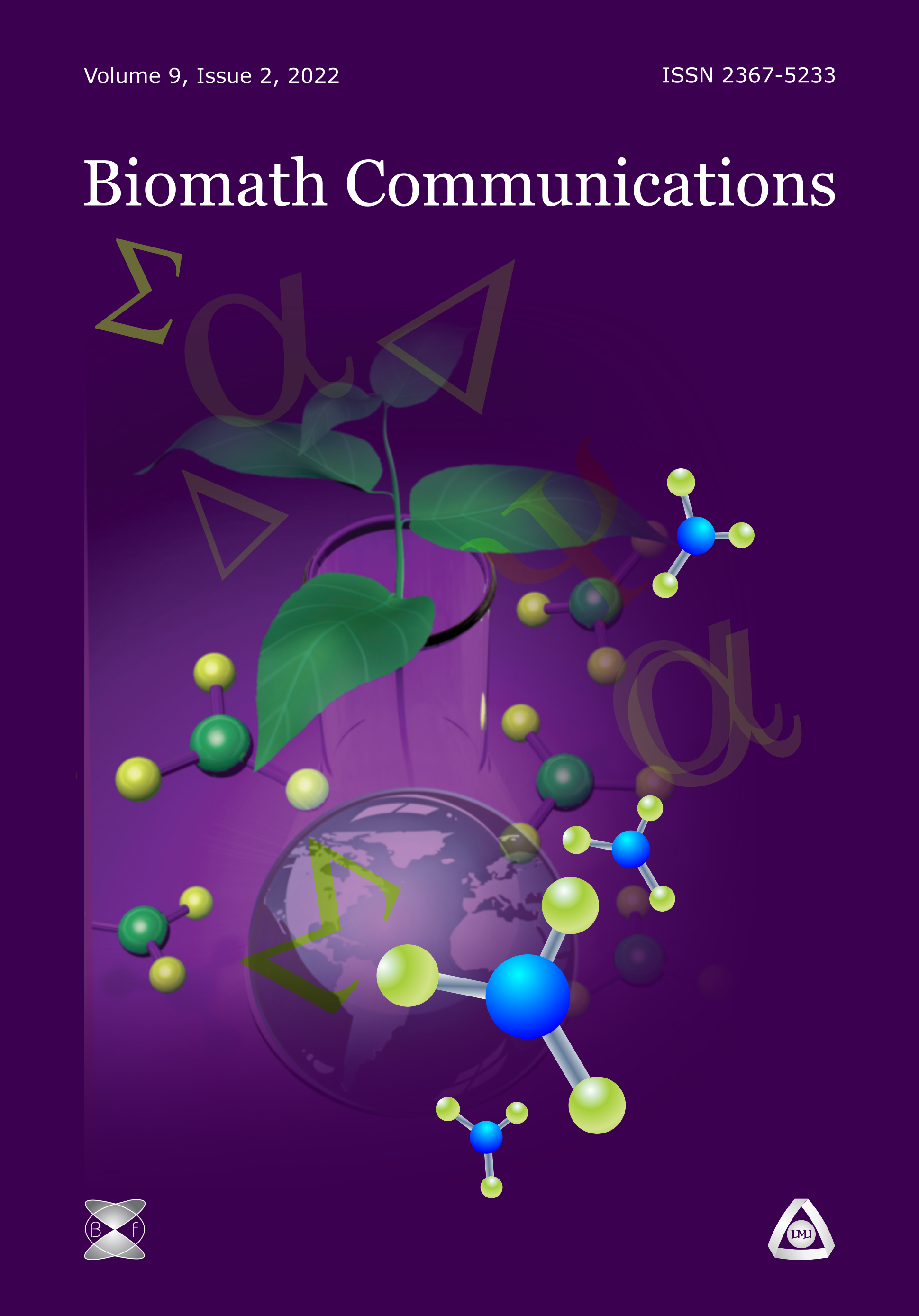Composite Numerical Methods and Scalable Tile Algorithms
DOI:
https://doi.org/10.55630/bmc.2022.08.159Keywords:
Anomalous Diffusion, Boundary Element Method, Finite Element Method, Fractional Laplacian, Hierarchically Semi-Separable Compression, STRUMPACKAbstract
Numerical modeling is an important tool when studying various natural processes and phenomena. Fractional diffusion can be used for modeling many processes in biology, for example in silico experiments in molecular biology and medicine design, protein diffusion within cells, complex media geometry, etc. The problem is usually reduced to a system of linear algebraic equations and in many cases this system has a dense coefficient matrix. Numerically solving such problems with the traditional LU factorization is a computationally expensive endeavour - $O(n^3)$. In this paper we explore the use of a hierarchical compression method based on Hierarchical Semi-Separable compression and ULV-like factorization from the STRUctured Matrices PACKage (STRUMPACK) software library for a flow around airfoils problem discretized with Boundary Element Method and fractional diffusion problem discretized with the Finite Element Method. The HSS based method promises better overall computational complexity of $O(r^2n)$ for problems with suitable structure - low rank off-diagonal blocks. Here $r$ is the maximum rank of the off-diagonal blocks. We present analysis of the performance and accuracy of the HSS based method and compare it with the state of the art direct LU factorization solvers. This paper is based on the PhD thesis Composite Numerical Methods and Scalable Tile Algorithms of the author defended on 17.05.2022 in the Institute of Information and Communication Technologies at the Bulgarian Academy of Sciences.
Downloads
Published
Issue
Section
License
Copyright (c) 2022 Dimitar Slavchev

This work is licensed under a Creative Commons Attribution 4.0 International License.
The journal Biomath Communications is an open access journal. All published articles are immeditely available online and the respective DOI link activated. All articles can be access for free and no reader registration of any sort is required. No fees are charged to authors for article submission or processing. Online publications are funded through volunteer work, donations and grants.
Authors who publish with this journal agree to the following terms:
- Authors retain copyright and grant the journal right of first publication with the work simultaneously licensed under a Creative Commons Attribution License 4.0 that allows others to share the work with an acknowledgement of the work's authorship and initial publication in this journal.
- Authors are able to enter into separate, additional contractual arrangements for the non-exclusive distribution of the journal's published version of the work (e.g., post it to an institutional repository or publish it in a book), with an acknowledgement of its initial publication in this journal.
- Authors are permitted and encouraged to post their work online (e.g., in institutional repositories or on their website) prior to and during the submission process, as it can lead to productive exchanges, as well as earlier and greater citation of published work (See The Effect of Open Access).

